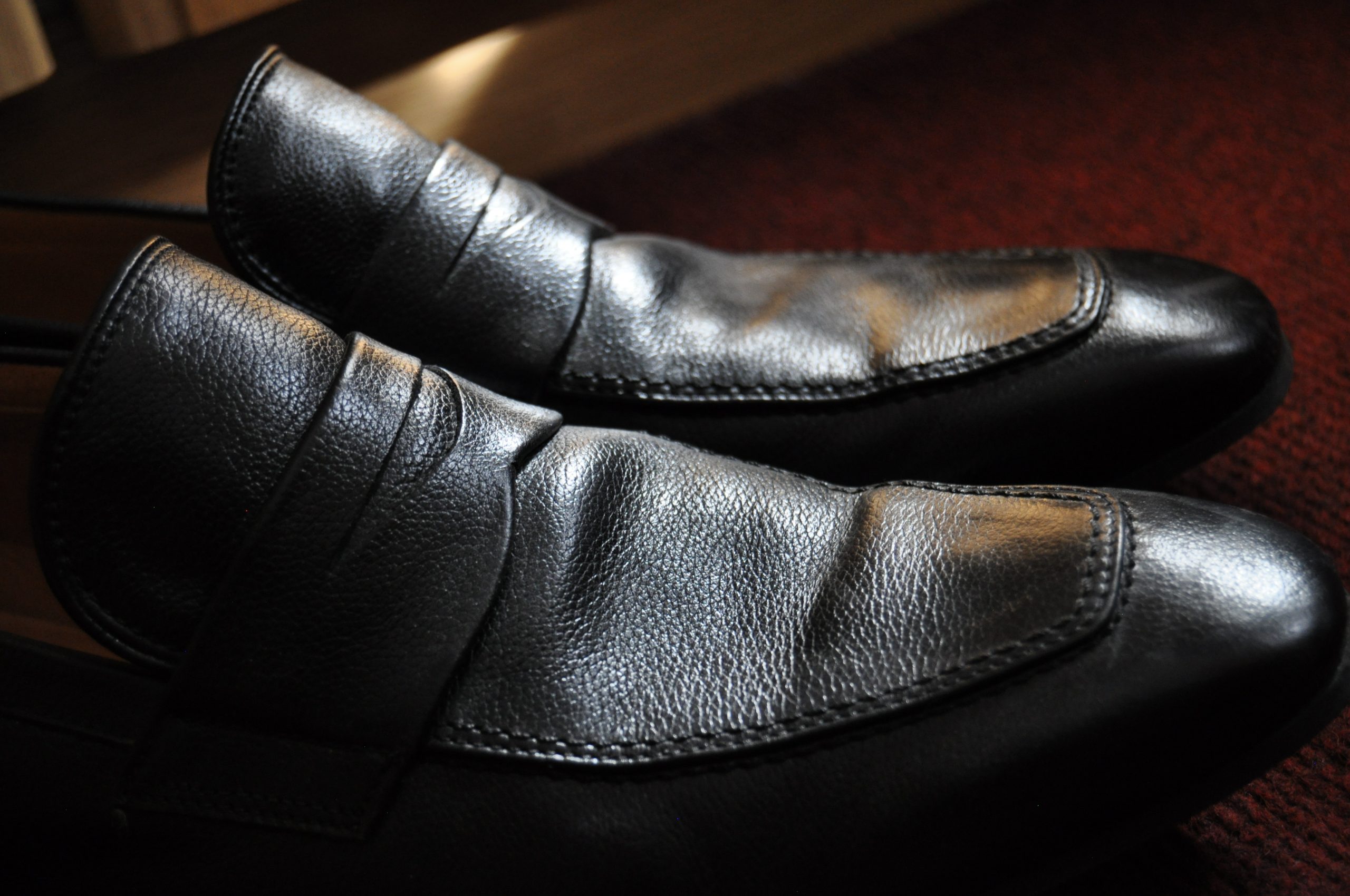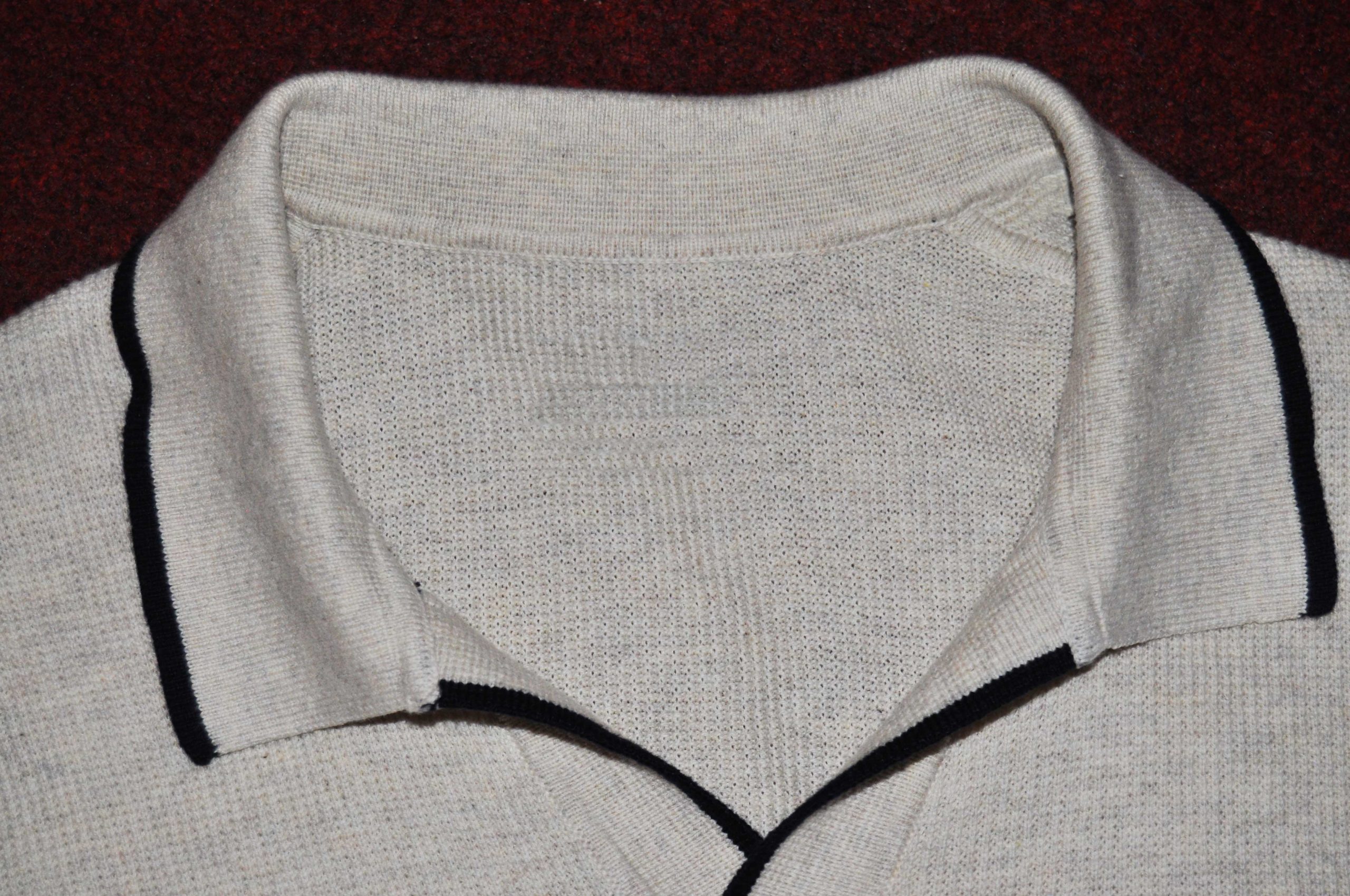For many people, jeans are a way of life. In any case, nowadays they are an all-rounder among the different types of trousers: It is impossible to imagine fashion without the mostly indigo blue trousers made of denim fabric. In everyday life, there are few occasions when a classic pair of jeans wouldn’t be a suitable garment: they can be combined with almost any item of clothing and are considered a very robust type of trouser. Often it’s difficult to trace back the invention of a certain garment and put a name to it – but in the case of jeans, it is possible.
It all started with an entrepreneur named Levi Strauss, who originally came from Upper Franconia in Bavaria: there the very successful textile entrepreneur to-be was born as Löb Strauss in 1829. At that time, emigrating to the United States was an enticing option for many people: Often, more opportunities and prospects for the future were offered there. Levi Strauss’ family emigrated to the USA in 1847, when Levi was barely 20 years old.
Levi’s older stepbrothers had a clothing shop on New York’s East Side – there the young entrepreneur learned the English language and familiarised himself with business practices.
It can be assumed that Serge de Nîmes developed over time into the name denim for the classic jeans fabric.
Serge de Nîmes
In New York, there were already numerous large department stores and clothing shops at that time – the young Levi quickly realised that he would have to move to another part of the USA to achieve great business success… The city of San Francisco in the middle of the 19th century was far from being the place one knows today: at that time, gold discoveries in the city triggered a great gold mining boom, and the city was characterised by crime. It was there that Levi Strauss founded a business specialising in clothing and household goods, but especially trousers made of tent fabric. Levi made his trousers from tent fabric in order to produce particularly robust trousers for the gold miners in San Francisco: The gold miners had no use for trousers made of conventional fabric that were torn to shreds every few days. But tent fabric was not the best solution for making sturdy trousers: soon Levi Strauss’ company came across a fabric based on cotton that originally came from Genoa. The French name for Genoa is Gênes – the word jeans is said to derive from Gênes. However, the fabric was not produced directly in Genoa, but in small weaving mills in the French city of Nîmes: the fabric was called Serge de Nîmes (English: “fabric from Nîmes”). It can be assumed that Serge de Nîmes developed over time into the name denim for the classic jeans fabric.
Patent: Rivets instead of seams
In the meantime, Levi Strauss had advanced to become a very successful businessman in San Francisco: in 1870, he owned a four-storey department shop and had achieved great prosperity. The denim fabric imported from France was by now used as standard in the manufacture of sturdy trousers. All that was missing was one crucial feature that still distinguishes a typical pair of jeans today: The rivets, the real secret of jeans’ success. The immigrant entrepreneur Jacob Davis had the idea of using rivets to hold the trousers together in the places with the most stress. Especially in the region of the pockets, which were used by gold diggers every day, the trousers at that time wore out very quickly and were no longer usable. Instead of classic seams, rivets were now used at stress points to make the jeans even more robust. Since the entrepreneur Jacob Davis had no means to apply for a patent, Levi Strauss applied for the patent in 1873. Thus the classic jeans as we know and appreciate them today were born.
Over the decades, the jeans were developed further and further: the now indispensable belt loops were introduced in 1922, and from the mid-fifties onwards, zips were used instead of buttons as fasteners – although there are still models today that are fastened with a button placket.
For example, there are black trousers that look like suit trousers but are finished with rivets on the pockets.
Jeans: not socially acceptable?
Hollywood legends like James Dean also wore jeans: In the film drama Rebel Without a Cause (1955) Dean wore a classic jeans model by Levi Strauss.
The fact that James Dean wore jeans in that – rebelliously inclined – movie was no coincidence: in the middle of the 20th century, jeans were far from being accepted in society and were seen more as a symbol of rebellious youth than of the establishment. On the set of the The Misfits (1961), Marilyn Monroe’s last Hollywood film, Monroe also wore jeans – in a way, this film title fits the image of jeans at the time: jeans were not really socially acceptable yet, although everyone appreciated them for their comfort, many people simply did not want to accept them. It wasn’t all that long ago that jeans were still a symbol of the slaving gold diggers who often longed in vain for prosperity. It should also be noted that jeans was a very narrowly defined term back then: a pair of jeans usually meant indigo blue trousers with rivets and often quite tight-fitting, which stood out clearly from the classic trousers made of wool or similar materials. Today, the term jeans is a little blurred: Often the word jeans is even used synonymously with trousers. This may also be because some jeans manufacturers combine elements of classic trousers with jeans elements such as rivets on the trouser pockets. For example, there are black trousers that look like suit trousers but are finished with rivets on the pockets.
From work trousers to formal dress
Over the last few decades, jeans have merged with classic trousers in some respects: the fact that jeans can originally be traced back to a textile entrepreneur from Bavaria who took over the patent of an immigrant entrepreneur may come as a surprise today. In Germany, it took a particularly long time for jeans to be accepted by the masses: Today, as in almost every corner of the globe, it is hard to imagine everyday fashion without them. This is mainly because the different cuts, colours and other external features of jeans are almost countless: If one is searching for a pair of jeans that look like work trousers, one will quickly find what one is looking for. If, on the other hand, someone is looking for a pair of jeans that should make an elegant impression but are still robust, they will also find what they are looking for. What was once the symbol of a rebellious youth and was introduced by screen legends like James Dean or Marlon Brando as the symbol of a new generation is now an indispensable part of everyday fashion. One may wonder if Levi Strauss had an inkling of this when he invented a robust pair of work trousers for gold miners in the 1870s?
Cover picture: © Simon von Ludwig

 Deutsch
Deutsch




